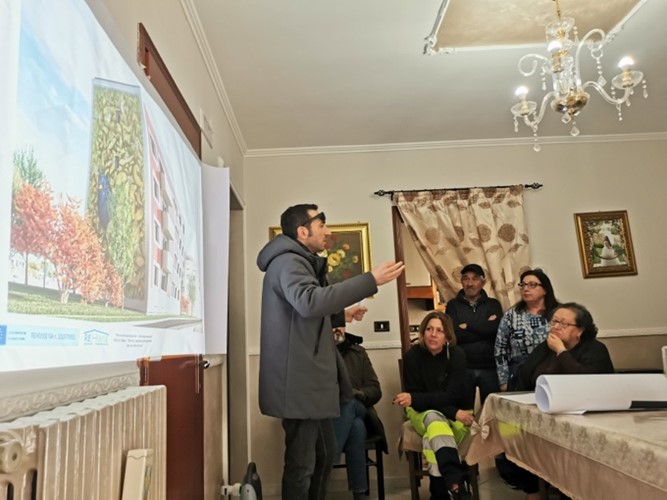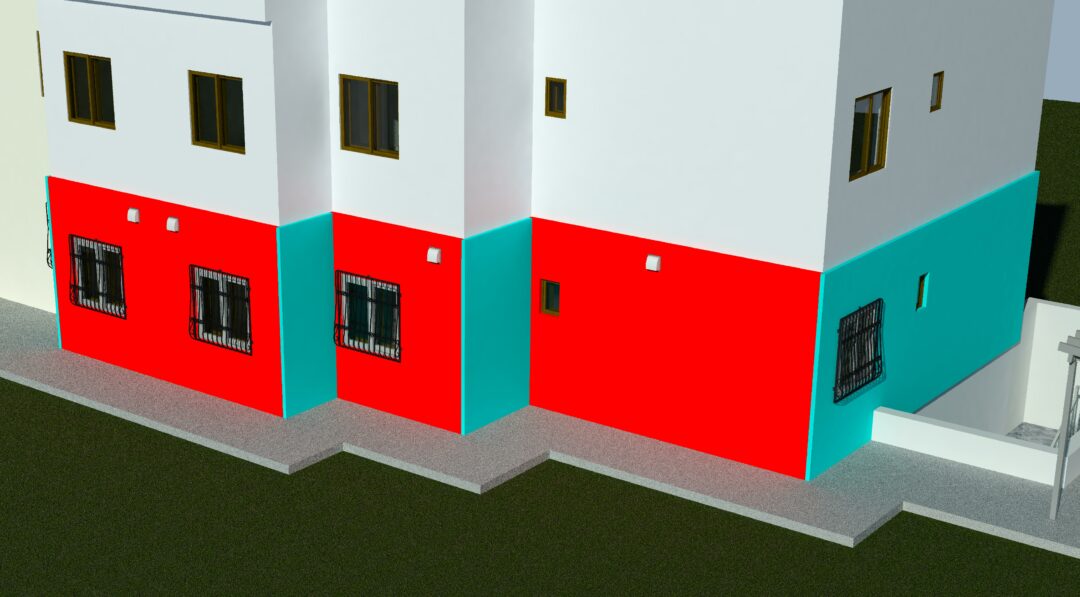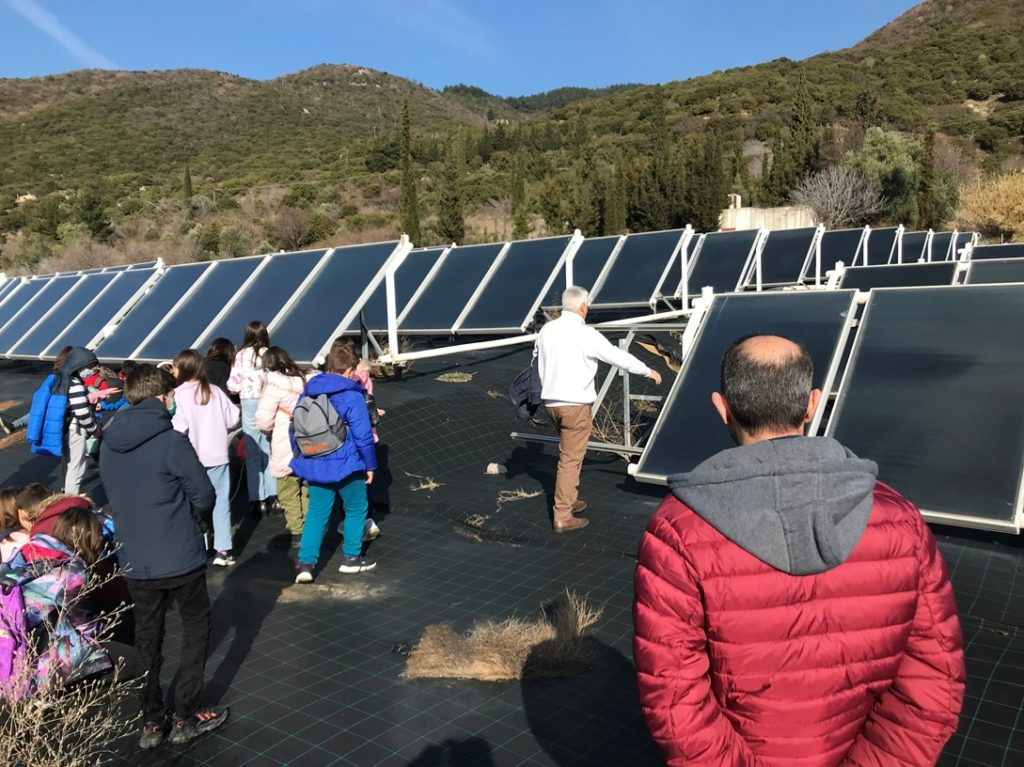The study concerns the detailed energy analysis of the REHOUSE Demo of a dormitory building at the Democritus University of Thrace, Greece, before and after the implementation of energy renovation actions. The study is conducted using the INTEMA.Building software, developed by CERTH in the modeling language Modelica within a Dymola environment. The software can effectively perform detailed dynamic simulations of advanced energy systems coupled to the building envelope, utilizing an adaptive time solution step and detailed models for system operation control.
The study focuses on calculating the basic load energy requirements of the building for heating, cooling, domestic hot water, and electricity, as well as the corresponding energy consumptions for both the baseline and energy renovation scenarios. Emphasis is placed on an innovative reversible heat pump system for cooling and heating in the energy renovation scenario, which can optimally utilize three energy sources: solar thermal collectors, geothermal energy, and the environment. Additionally, attention is given to the simulation of the complex baseline scenario system, which includes solar thermal collectors, a biomass boiler, and heat storage containers to meet heating and hot water needs. The complexity of both the baseline and renovation scenarios posed a challenge to the simulation capabilities of the INTEMA.Building tool, leading to further enhancements of the software’s calculation core.
Furthermore, the renovation strategy for the building includes adding external wall insulation, installing fan coil terminals, applying a suitable prefabricated façade, installing a photovoltaic façade, and utilizing existing photovoltaics to meet energy needs along with a triple energy heat pump. According to the dynamic simulation results, renovating the building envelope led to a 62.0% reduction in primary energy consumption and a 45.8% reduction in final energy consumption. Finally, the renovation improved the building’s thermal comfort conditions during both winter and summer periods.
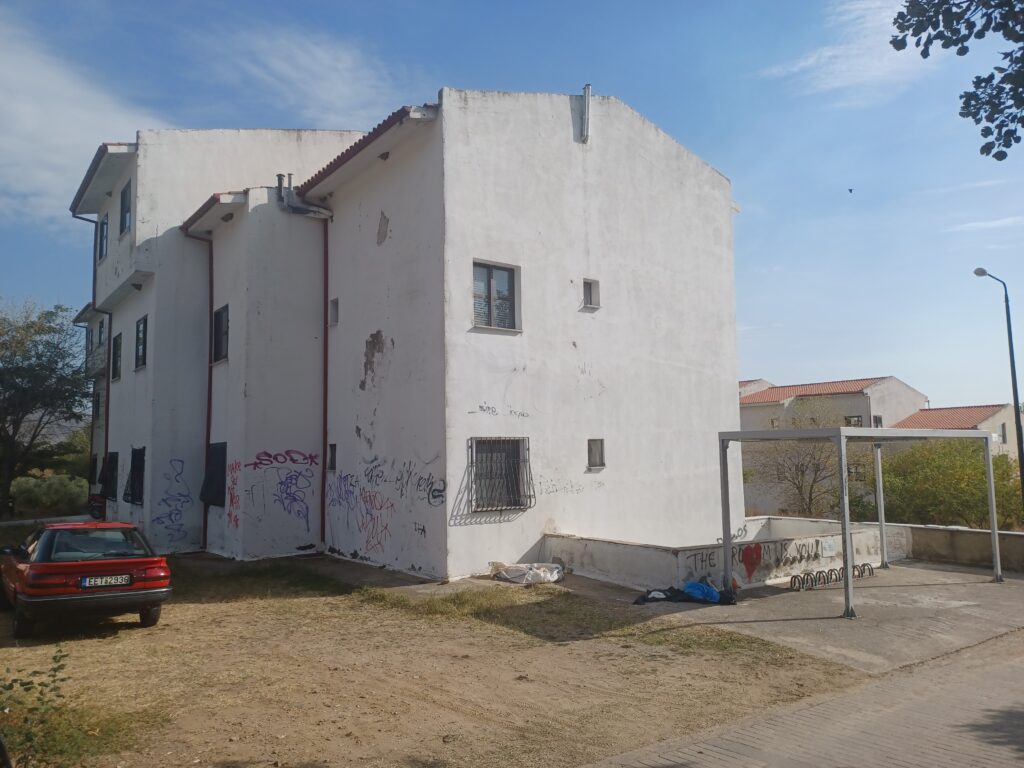
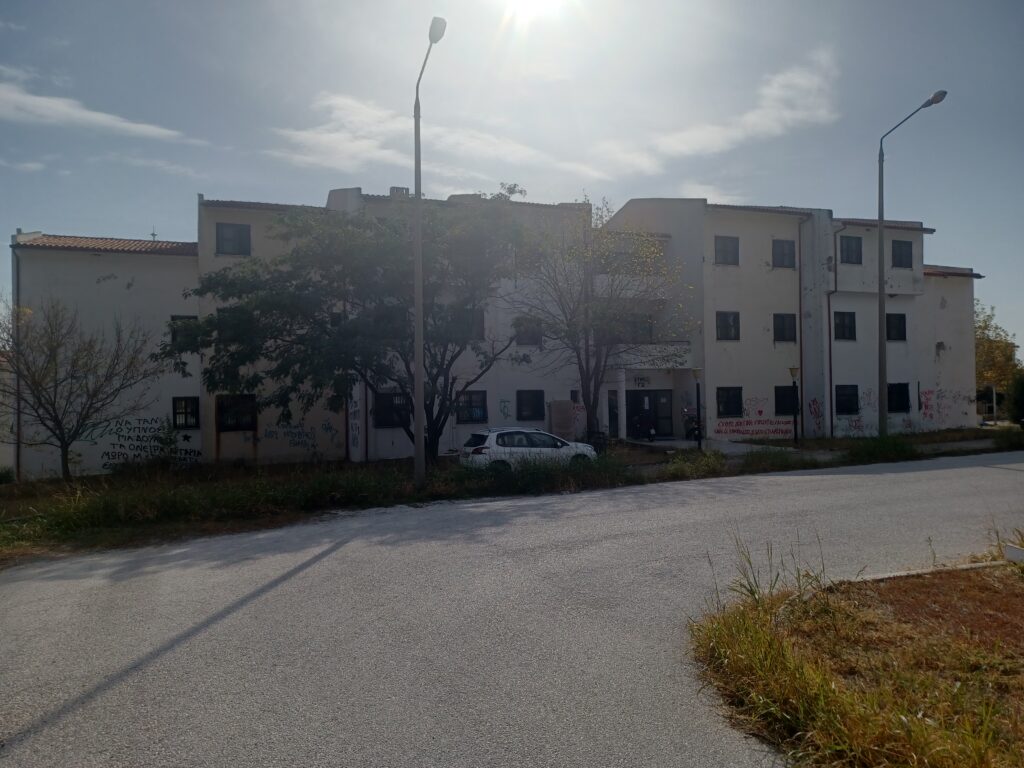
Figure 1: The examined building in the baseline scenario (a) North side (main entrance), (b) East side of the building

Figure 2: The developed model for the renovation scenario in the INTEMA.building software
Author’s name: Evangelos Bellos1, Petros Iliadis1, Angeliki Kitsopoulou1, Nikolaos Ziozas1, Ioannis Lampropoulos1, Nikolaos Nikolopoulos1
1Centre for Research and Technology Hellas (CERTH), Chemical Process and Energy Resources Institute (CPERI), Aigialeias 52, 15125, Marousi, Greece
Links to your organisation: Website: https://www.certh.gr/root.en.aspx
Twitter: https://x.com/certhellas?lang=el
LinkedIn: https://www.linkedin.com/company/certh/mycompany/

